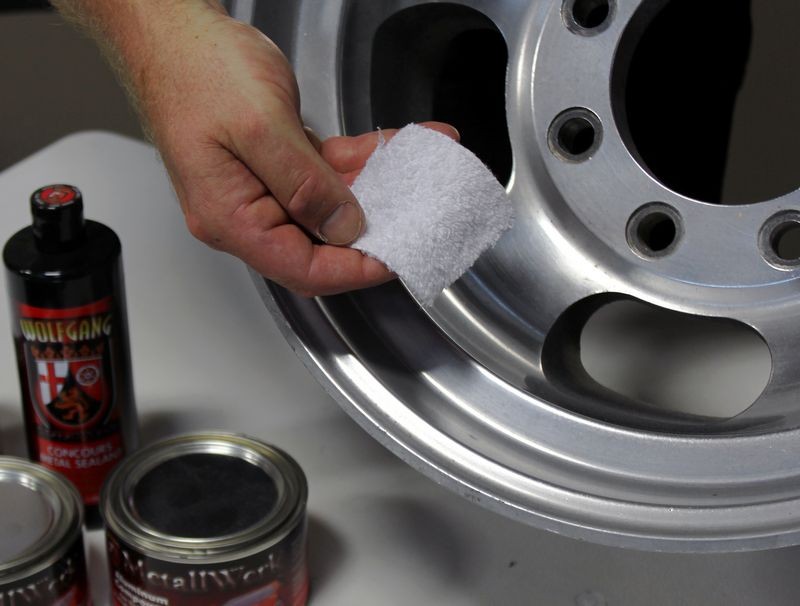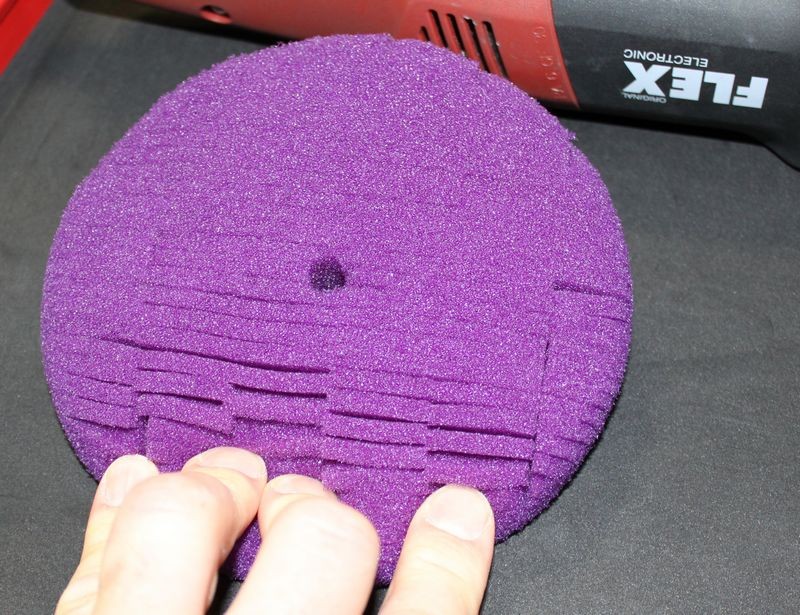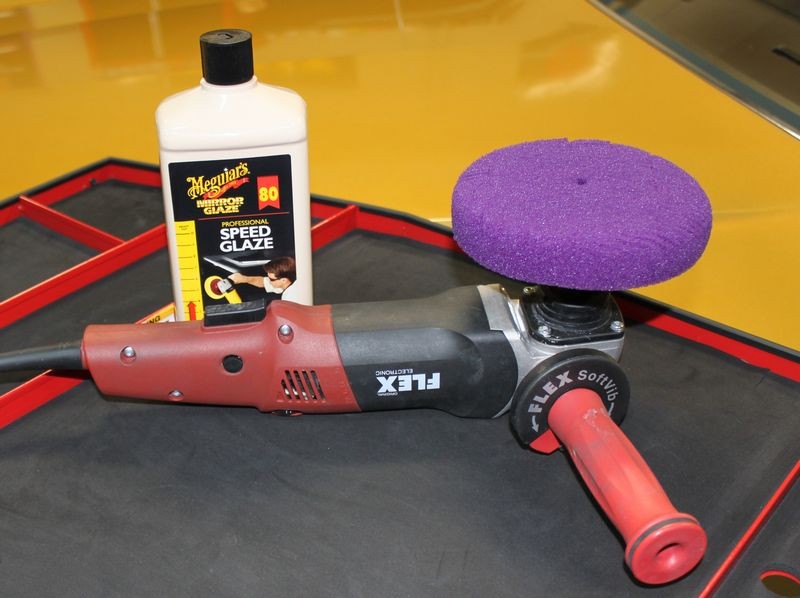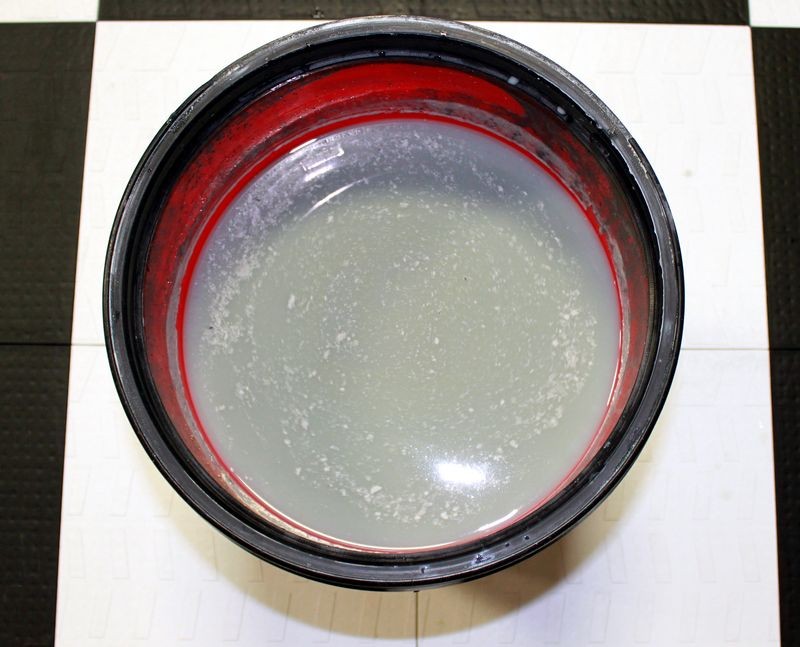I've got areas on my 1972 truck where degreaser-type spray cleaner has seemingly stained the paint! (photo attached)
I'm in the process of claying, polishing and sealing the paint all around however after polishing (with M7 glaze) multiple times the stains remain. This is original, single-stage factory paint, no clear coat of course, metallic yellow. Unfortunately I know the cleaner was left on there for a long time. :-(
I don't understand what the spray cleaner has actually done to the paint. Can anyone give me some expert insight from looking at the photo?
When I look at the stains closely it appears as though the paint is lighter/brighter (especially the metallic appearance) compared to the non-stained areas... it might be more of an optical illusion. The stains are more noticeable when the light is hitting them from the right angle.
What the heck do I do at this point?
I'm in the process of claying, polishing and sealing the paint all around however after polishing (with M7 glaze) multiple times the stains remain. This is original, single-stage factory paint, no clear coat of course, metallic yellow. Unfortunately I know the cleaner was left on there for a long time. :-(
I don't understand what the spray cleaner has actually done to the paint. Can anyone give me some expert insight from looking at the photo?
When I look at the stains closely it appears as though the paint is lighter/brighter (especially the metallic appearance) compared to the non-stained areas... it might be more of an optical illusion. The stains are more noticeable when the light is hitting them from the right angle.
What the heck do I do at this point?











